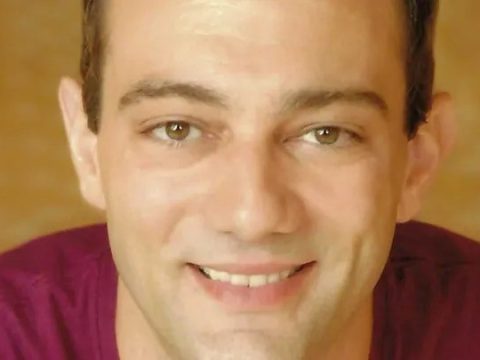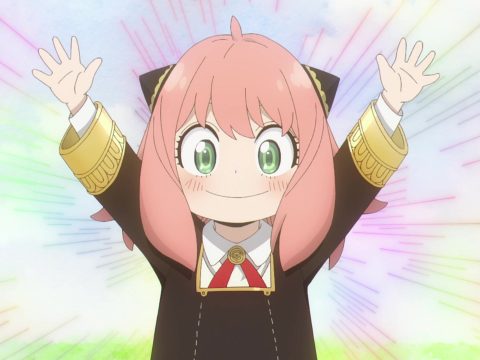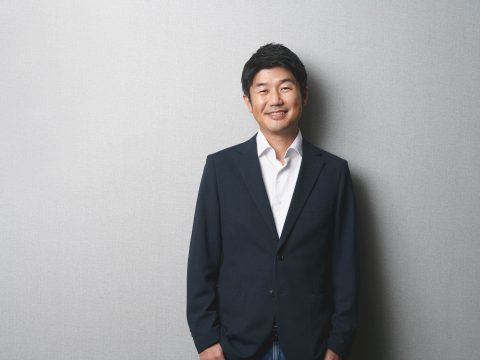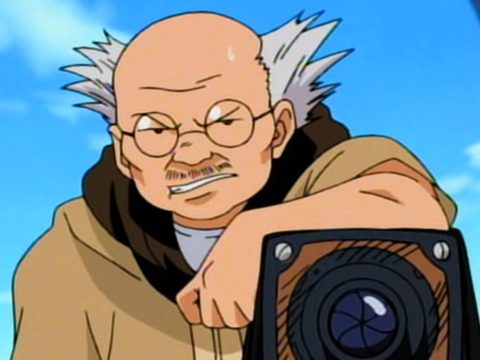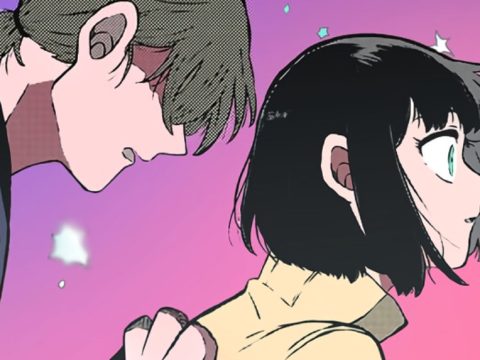
Natalie Van Sistine works in different parts of anime, including as a voice actor, script writer and engineer. Her best-known acting role is as Yor in the hit SPY x FAMILY, and while she was a guest at Detroit’s Youmacon convention, Van Sistine spoke to Otaku USA about her connections with Yor, how dubbing is like Guitar Hero, and how being an anime engineer works.
How did you get into anime acting?
I’d been doing voice over for probably 7 or 8 years. Beforehand I did commercial work, eLearning, educational stuff, some indie video games. I got very lucky that a friend of mine named Amber Lee Connors — she’s also another prolific director and actor — when she got the chance to direct a show for the first time, she thought of me. We had worked together previously on a lot of projects and she for this particular project had a character in mind that she thought I’d be a fit for. And she’s like, “I’d need you to fly out to Texas to record it, but we can get it done in like a couple of days. Would you be able to do that?” And I was like, “I don’t know if I’ll ever get the chance to do this again,” so I thought, absolutely. I can visit my friends and had a lot of fun and I wanted to eventually move out to Texas, the Dallas area, which is where Crunchyroll — at the time Funimation — is located. I knew I was kind of thinking about trying to get out that way at some point that just kind of solidified it.
So what was your first anime role?
It was in a show called Rio: Rainbow Gate. It’s kind of a fun and sexy show about a girl who works at a casino. I play a washed-up actress named Rosa who spends a lot of time at the casino and she ends up getting possessed by the ghost who loves chicken wings, so it’s very fun.
Had you been into anime before this?
A little bit, I kind of slowly got into it. I watched Yu-Gi-Oh! as a kid and I really liked that, and then I started watching some of the Ghibli movies and thought those were wonderful. Eventually I saw Fullmetal Alchemist, the original 2003 version, and just totally fell in love with that. That was like kind of a watershed moment were I was like, “I think I really like anime and there’s so much here.” Then I slowly started watching more and more. I feel like I’m still catching up with a bunch of shows. I’ve only started One Piece. [laughs] There’s a lot of good stuff out there.
And how’s your experience dubbing like opposed to when you can just talk?
So dubbing is very tricky. I like to think of it as kind of the difference between regular actor acting as being like a musician reading sheet music. You can kind of play it at whatever tempo you want and it’s pretty straightforward, and you have some flexibility as long as you’re playing the notes that are written out on the page. Whereas dubbing for me feels a lot more like Guitar Hero, with everything coming at you all at the same time and it uses a lot of the same principles, for instance of music, but it’s it’s a lot more of a very strict environment. It’s a little harder to implement musicality into it. So it’s a fun challenge and it’s a totally different muscle than kind of traditional acting where you have a lot more flexibility in terms of the pace and your ability to bring things out of left field. Whereas in anime you already have a very specific delivery that was already laid down by the original language and the animation that’s already there. But it is very rewarding that you can see what the final product is going to look like very, very quickly, where with other types of acting you’re kind of guessing and you’re very dependent on the director to have that unified vision.
How did you get the role of Yor for SPY x FAMILY?
I had been working at Crunchyroll for a couple years at that point. I’d been able to do some smaller parts. The audition came through and I knew it was going to be a bigger show, I didn’t know it was going to be as big as it was. But when I came through I knew it was something where I really wanted to do a good job and I wanted to make a good impression. I didn’t think I had a chance at the character because I was still relatively new and I hadn’t worked on anything quite so big in that capacity before. But I wanted to make a good impression so I’d be considered for a supporting character, because I thought I had more of a chance of that.
I really took my time with it. I read the first volume of the manga to prepare for it, and I feel like that helped me get a really good sense of the character and not just the assassin side, but also her nervous and anxiety-riddled civilian side. I think that really was what helped my audition kind of stand out was having that context and really connecting with that part of her and trying to channel that into the audition. I sent that audition in and I had a moment where I was like, “Ohh no, I got really attached to this character while preparing for this audition. I really put a lot of myself into it and I’m going to have to mentally let go of that.” That was very hard. I spent the whole weekend trying to distract myself and not think about it. I finally got the call a couple days later and they’re like, “Hey, the director wants to cast you. You have the part.” I just couldn’t believe it; it just seemed like I’ve been in a fever dream ever since.
So how do you approach playing her?
I’d like to think of Yor kind of like how I feel as an actor, where my civilian side also is anxiety-ridden and I have a lot of my own hangups. Am I normal enough? Am I doing life well? Am I good at being a human being? But when I’m an actor and I get into the booth, I have to put on a different persona. I have to be someone in the military, or I have to be a mom or something like that. It’s a totally different persona. I feel like Yor is kind of like that with her assassin mode. When she would have to do assassinations, she kind of has that persona she puts on. Then afterward she kind of has a panic attack about it. And I’m like, “Ohh, that’s me.”
When did you start to realize how big SPY x FAMILY was?
We started to notice a lot of fanart once the show started coming out. It seemed like a lot of people were really enjoying it. The cast was invited to go to a panel at Anime Expo after the first twelve episodes had come out. At that point we’re kind of like, “Yes, it seems like this is well-received, we’re seeing people are excited for this. This is definitely one of the bigger things I’ve been in.”
Then we show up at Anime Expo, and every other cosplayer is one of the Forger family and that was like, “There’s so many of them, oh my gosh.” Artist Alley was full of merchandise. We did the panel and there were a couple thousand people in the room. That was just kind of this moment of, “Oh, this is actually kind of big. I think this is big.” And then we started going to cons and meeting some of people who were really just as passionate about it as we were. It just kept getting bigger. And then all of a sudden there’s a movie, so it just keeps getting bigger and there’s all kinds of brand deals with Universal and Google and KFC and all this stuff.
What is it like to hear your voice in the big screen?
Very surreal. At this point I’m kind of numb to it because I have to hear my voice so much with all the work I do. Not only are you performing, but then you have to play it back and listen to it. So over time it’s gotten less shocking, but it was also still very, very surreal. I think seeing the movie in theaters — especially when they had a premiere where they brought us out to LA — that was the first time it really hit me that, “Oh my goodness, I usually watch anime by myself on my phone or on my TV and maybe with a few family members, but never with other people.” To watch that collaboratively with other people, hear them laugh at the jokes and kind of applaud and gasp and just enjoy the movie with us — that was even cooler than just hearing my voice on a big screen.
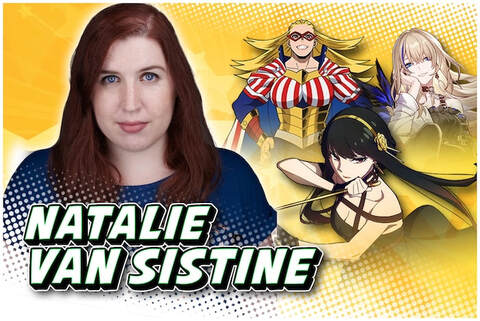
Can you tell us about your work in anime besides voice acting?
I’ve also done a script adaption, too. So I’ve been able to work on some really cool shows. I wrote for Mobile Suit Gundam: The Witch from Mercury. I’m doing Prince of Tennis right now, the new season of the U-17 series, which is really fun. I got to write for Fist of the North Star and Gunbuster and also some of the cool classic anime as well. I had essentially a writing minor and I worked in instructional design for a long time, writing a lot of educational content. It’s really cool that I get to use my writing bones for that. I was originally trained as an engineer too because I thought the acting thing would always be a kind of side hustle and I needed to have a quote unquote “practical job.” So I’ve also engineered for a number of different shows as well too. I was also the lead engineer on Gunbuster. But I’ve also engineered for Kageki Shojo and Dragon Goes House Hunting and Adachi and Shimamura. All of those things help me understand more of what is needed from you as an actor in a booth, and to have a big picture of how anime all comes together. It’s good to have all of that context and all of that experience.
How does the engineering work?
When the actors come in, you are in charge of essentially running the technical aspect of the session of recording the dialogue and placing it against the animation. You play the anime or whatever segment of the show you’re recording in Japanese, so that the actor can hear and see what the animation is going to look like and hear what the original language performance looks like. Then you come back in and you hit record. You have a version of the show playing that only has the sound effects and music and any other actors who have recorded in English so far. You are recording in real time as you’re watching the anime. You get a couple of beeps that only the actor can hear, where it will go, “Beep, beep, beep” and on the imaginary fourth beep, that’s where the actor starts talking. And they know that’s when the animation’s going to start that they record to. As soon as that’s done, the engineer then has to chop out flubs, the silence on either side, anything that sounds like extra breaths. You have to line it up with the animation. you sometimes get to squish it or stretch it to make sure it fits the animation and then play it back to the director to make sure that they like the way it fits with the animation as well as the performance. You’re doing all of that right in the middle of the session, because as soon as the actor is done recording, they and the director will maybe start chatting while you are visually lining everything up and then play it back for them.
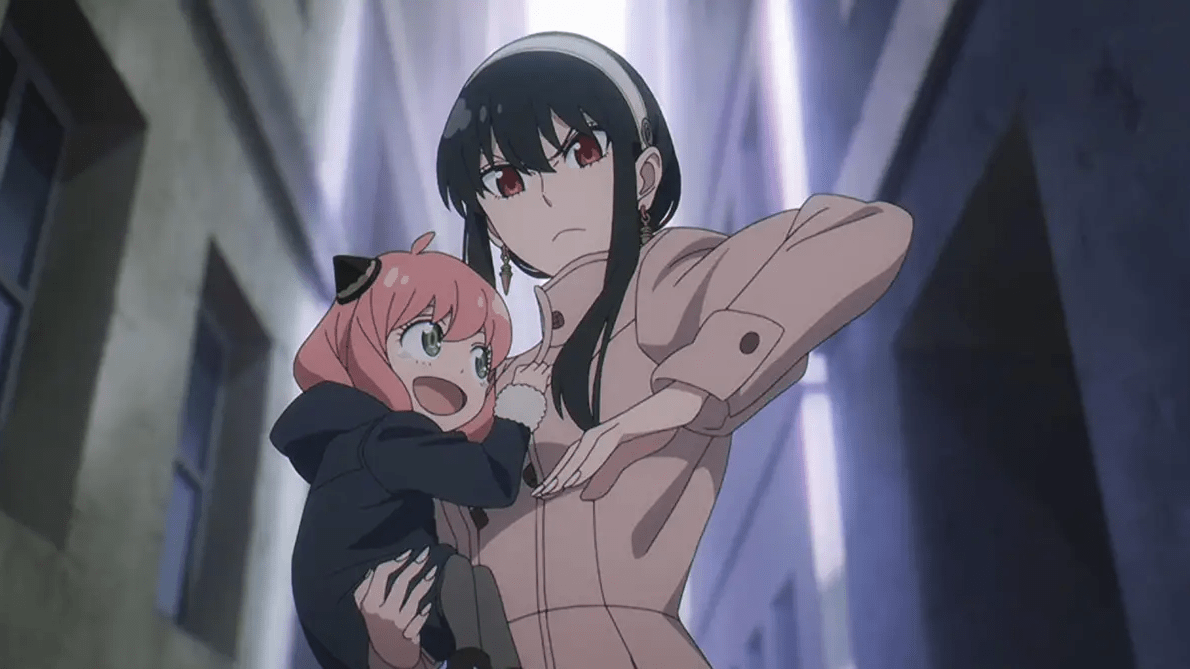
Do you have any other projects you’d like to plug? Anime or otherwise?
I’ve been really enjoying working with a company called GraphicAudio lately. They do full-cast audiobooks. I just got done recording for the third book for Crescent City. That’s at the Court of Thorns and Roses, that’s like side story. There’s like a whole MCU for for these books. I really love working on those projects as well. Audio drama is kind of my favorite passion project and type of work, so I’m always happy to promote them and I want people to listen to their stuff.
Where can people find out more about you and your work?
I’m primarily on Twitter, Instagram, and every once in a blue moon I’ll post a TikTok. And that is at nvansisten, my first initial, full last name, no spaces, all lower case. If I’m on any platform, you can usually find me at nvansistine.
____
Danica Davidson is the author of the bestselling Manga Art for Beginners with artist Melanie Westin, plus its sequel, Manga Art for Everyone, and the first-of-its-kind manga chalk book Chalk Art Manga, both illustrated by professional Japanese mangaka Rena Saiya. Check out her other comics and books at www.danicadavidson.com.


